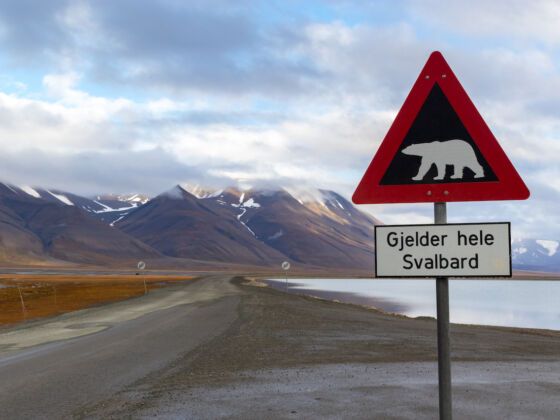THE CHANCES ARE THAT YOU know absolutely nothing about Svalbard because you have probably never even heard of it. That’s okay though, because to be honest, even I didn’t know all much about it before my tiny plane landed there one dark day last winter.
The archipelago of Svalbard is an offshore Norwegian territory some 1200 km from the North Pole. It was initially founded as a whaling and mining colony but is now morphing into a centre of alternative tourism for visitors seeking a real arctic adventure.
Svalbard proved to be one of the most strange, intriguing and unique places I have ever visited. Here’s why.
